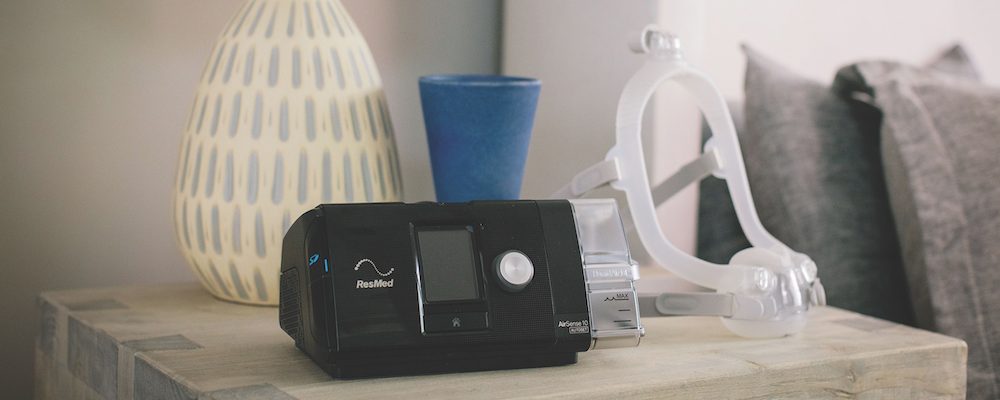As a leading treatment for COVID-19, the excess use of ventilators has led to a shortage. With the shortage at top of mind, researchers, engineers, and health care professionals have been working to uncover alternative ways to provide respiratory care to COVID-19 patients.
According to Forbes, there are currently about 200,000 ventilators available and the need may reach as many as 900,000, which raises the demand for the alteration of other equipment into ventilators. Forbes furthers that ventilator companies can only produce about 10,000 ventilators a month.
To support the need, the FDA released a statement on March 22, 2020, detailing a policy to support the ventilator shortage. The FDA outlines the modification to be made by health care professionals or machine manufacturers to convert CPAP and BiPAP machines to ventilators.
To help support the ventilator shortage, resources have been made available from universities, news outlets, and science journals regarding how CPAP equipment is aiding in the fight against COVID-19 to supply oxygen to patients with the virus.
How CPAP Equipment Works as Ventilators
CPAP machines and ventilators house similar parts. They both typically include parts such as computer-controlled blowers, pressure sensors, humidification, and occasionally oxygen saturation inputs. With the similarities in parts, researchers drew on the concept that CPAP machines could meet the need.
CPAP and BiPAP machines are used to treat sleep apnea. However, turning the treatment for sleep apnea into ventilators for patients with mild respiratory symptoms can aid in freeing up equipment for patients in the ICU. Berkeley Engineering details that the modified CPAP or BiPAP machines work by first allowing oxygen to enter the device where ambient air enters. The patient then receives the filtered oxygenated air by way of the FDA-approved endotracheal tube before it is refiltered and let out of the machine.
CPAP Machines to Emergency Ventilators
Aside from modifications to the machine itself, accessories have been created to quickly, safely, and inexpensively utilize CPAP equipment in the fight against COVID-19.
Auburn University engineers created an accessory, RE-INVENT, that pairs with a standard CPAP machine to deliver air to the patient. Researchers designed RE-INVENT to have an inhalation valve as well as an exhalation valve for constant performance.
The company, Rapid Medical Parts, developed a tool called the emergency ventilator solution or EVS-4 that transforms CPAP equipment into ventilators to help COVID-19 patients. Impressively, the EVS-4 functions about 95% the same as a conventional ventilator but in a cost-effective manner. What’s unique about the EVS-4 is that it can be adapted to support the severity of the patient’s symptoms, meaning it can be adjusted to accommodate mild and critical cases.
The use of accessories to alter CPAP equipment frees up standard ventilators that are required for patients that need to be incubated.
Fears Around CPAP Equipment as Ventilators
Unlike ventilators, CPAP machines do not require the patient to be intubated to provide respiratory support. Machine Design highlighted the concerns that surround the use of CPAP equipment as ventilators for patients with COVID-19 by explaining that the machine pushes the air from the patient’s body back into the room. The exhaled air is then contaminated and could risk exposing the medical staff to the virus. Enter in pathogen management kits designed by Sandia researchers. The management kits connect to respiratory machines like CPAP equipment and use UV to immobilize the COVID-19 virus from coursing through the room.
To help patients battling COVID-19, researchers, engineers, and medical professionals have been working around the clock to find a solution for the ventilator shortage. With the introduction of modifications and the invention of accessories, CPAP machines can aid in the fight against the COVID-19 virus.





